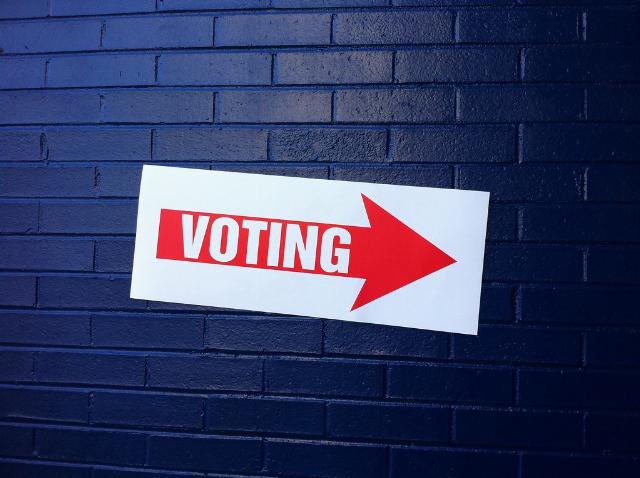Ranked Choice Voting is an actual ‘threat to democracy’
The phrase “threat to democracy” has been thrown around so much over the past few years, typically in reference to former President Donald Trump and the Make America Great Again (MAGA) agenda, that I believe most Americans have become numb to it.
Sort of like Aesop’s Fable, The Boy Who Cried Wolf, many on the Left have cried “threat to democracy” so frequently and haphazardly, the warning now falls on deaf ears.
This is concerning because actual “threats to democracy” absolutely exist. They always have and always will. However, most of these threats do not emanate from Trump’s policies or the MAGA agenda. Rather, they tend to originate from leftist policies that seek to transform fundamental aspects of the American republic.
Take Rank Choice Voting (RCV) as an example. By and large, RCV is a pet project of the Left intended to transform the U.S. electoral system.
Although the RCV movement has been around for almost three decades, it has picked up quite a bit of steam in recent years. As of now, only a few states, counties, and cities use RCV.
However, RCV supporters are more emboldened than ever, and they are on a quest to ensure that as many elections as possible switch to RCV. We must not allow this to happen.
For more than two centuries, the United States has used the traditional voting system of one person, one vote. Granted, this method may not be totally perfect. But it does ensure that every citizen’s vote counts.
Unlike traditional voting, RCV affords one-person multiple votes. In general, RCV voting procedures mandate that a voter must rank all candidates in a race by preference in descending order, lest their vote is discarded.
As my colleague, Jack McPherrin, writes in a new Heartland Institute policy brief titled, "Ranked Choice: A Major Threat to Free, Fair, and Secure Elections," “Ranked choice voting disenfranchises voters by forcing them to rank candidates, and discarding those voters’ ballots if they fail to use the ranking system or if their ballots contain mistakes, which are common. One comprehensive study shows more than one-in-ten ballots are discarded in this fashion.”
Moreover, as McPherrin also notes, disenfranchisement, due to RCV’s convoluted, complicated, and confusing nature, “disproportionately affects minority communities.”
The potential disqualification of up to 10 percent of the public’s vote based upon the byzantine essence of the RCV process sure qualifies it as a threat to democracy in my book.
If discarding nearly one-in-ten ballots (some studies put this number much higher) due to technicalities is not enough to warrant trepidation about RCV, recent history demonstrates there are even more ominous threats associated with RCV.
“RCV causes substantial voter confusion, lower voter turnout, and a decrease in public confidence in the election system,” writes McPherrin.
In 2018, Maine instituted RCV in the midterm election, the first time RCV had been used in a federal election. Guess what happened? More than a quarter of Maine’s eligible voters refrained from voting due to confusion over the ranking process.
In California, which allows RCV in some elections, studies show that voter turnout decreases substantially when comparing RCV and non-RCV elections in the same year.
Perhaps most concerning, “Confusion amongst election officials often causes delayed processing of results and can even lead to a losing candidate being mistakenly declared the winner.”
Once again, this is not speculation; it has already happened multiple times in RCV elections. From New York to California, there are several cases in which RCV elections took weeks to calculate the results. And, more than a few times, those results have been erroneous, with the wrong candidate declared the winner.
Make no mistake, RCV is probably not going away anytime soon. It is already in use in several states and cities throughout the country. And, it is on the ballot in six states this November.
The primary point is simple: RCV represents a real threat to the classic definition of American democracy, wherein one voter gets one vote, we the people receive the electoral results in a timely manner, and we the people have the utmost confidence and trust in electoral outcomes. If RCV were to replace this time-tested system, the United States would cease to be a democracy in the classic sense of the term. If that is not a “threat to democracy,” then what is?
Chris Talgo (ctalgo@heartland.org) is editorial director at The Heartland Institute.

Image: Justgrimes





